October 10-11, 2025
The MOOVA team participated in the 5th international Workshop RETHINKING CULTURE AND CREATIVITY (University of Catania)

MOOVA in the French-speaking Belgian Press (LeSoir, MAD, September 24, 2025)



September 15-17, 2025
The MOOVA team participated in TIAMSA Annual Conference
Launching of the ENCATC work group on Art Markets & Cultural Goods Integrity
July 4-5, 2025
The MOOVA team participated in TIAMSA Annual Conference
https://www.artmarketstudies.org/tiamsa-annual-conference/tiamsa-conference-poznan-2025/

July 1-2, 2025
The MOOVA team participated in RAM-T 2025 on local development https://www.artmarketstudies.org/cfp-the-art-market-heritage-and-sustainable-local-development-university-of-bologna-rimini-campus-1-2-july-2025/

June 24-27, 2025
The MOOVA team participated in ACEI 2025, the 23rd conference on cultural economics. https://www.eur.nl/en/media/2025-06-acei2025-program-def-1

June 12, 2025
The MOOVA team will give a conference on the potential of a community-based and AI supported APP for valuing informal cultural goods and expertise at Europeana Conference 2025. Full program here:https://europeana.zohobackstage.eu/Europeana2025-Online#/
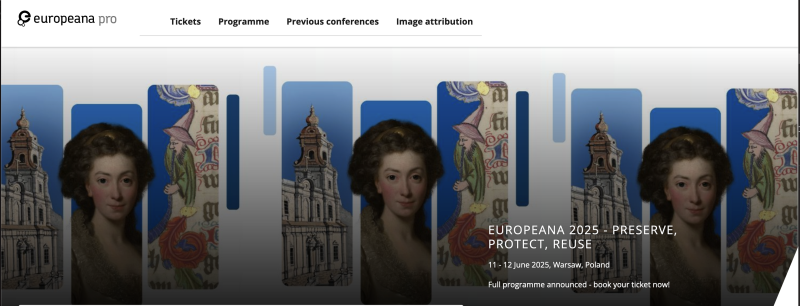
June 4, 2025
The MOOVA team will give a seminar on the sustainable potential of antiques at Paris-Dauphine University (Dauphine Recherches en Management UMR CNRS)
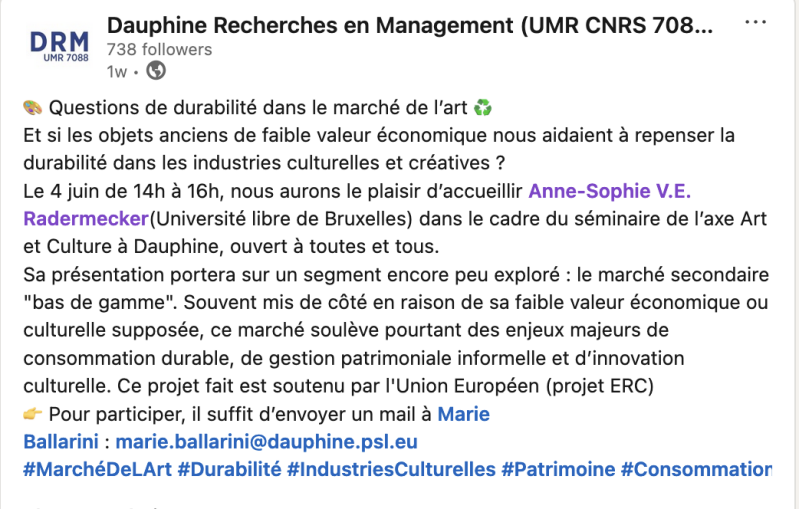
May 26, 2025
MOOVA will host its annual Advisory board meeting online (in the presence of the team of researchers, and advisory board members: Profs. A. MIGNOSA, C. DEVUE, D. SPIETH, A. TURPIN, T. FRY, C. JANSSEN, K. OOSTERLINCK

May 22, 2025
The MOOVA team will give a presentation on informal expertise online for art historians at ISELP (Brussels)
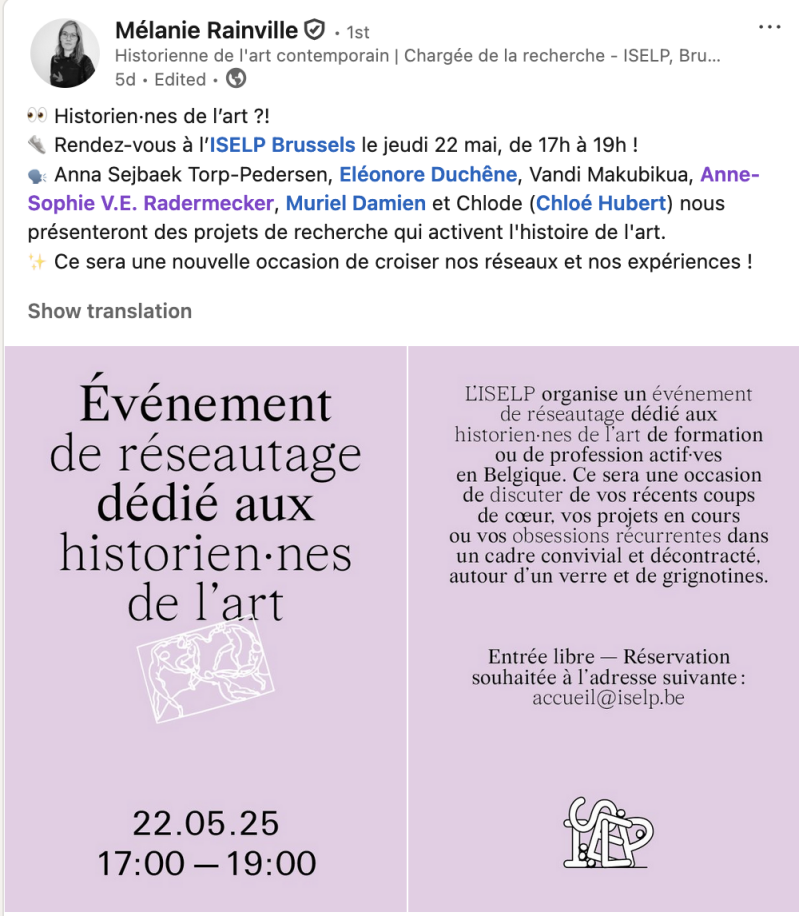
May 5, 2025
The MOOVA team will give a seminar on the decline of ordinary antiques as emotional and domestic assets at the University of Catania (Dipartimento di Economia e Impresa)

April 24, 2025.
The MOOVA team will give a seminar on the market for European tapestries at the GRHAM (Groupe de Recherche en Histoire de l'Art Moderne) Histoire de l'art des XVIIe et XVIIIe siècles: apprendre, collaborer, diffuser). Location: INHA (Institut National d'Histoire de l'Art, Paris).©️ Jan Jacob Croegaert-Van Bree, The Antwerp tapissierspand, 1877. Oil on wood, 66.5 × 95.5 cm. ©️ Museum Vleeshuis, Antwerp

April 2025
The MOOVA Team is now complete, with our additional postdoctoral recruit in economics: Dr Jin WANG. We are delighted of this new collaboration that aims to further understand the markets for antiques and price formation mechanisms. More info about her profile in the Research Team section.

7-10 April 2025 - The Moova team welcomed Prof. Nathalie Moureau (Université Paul Valery Montpellier 3) for a brainstorming week on art value.
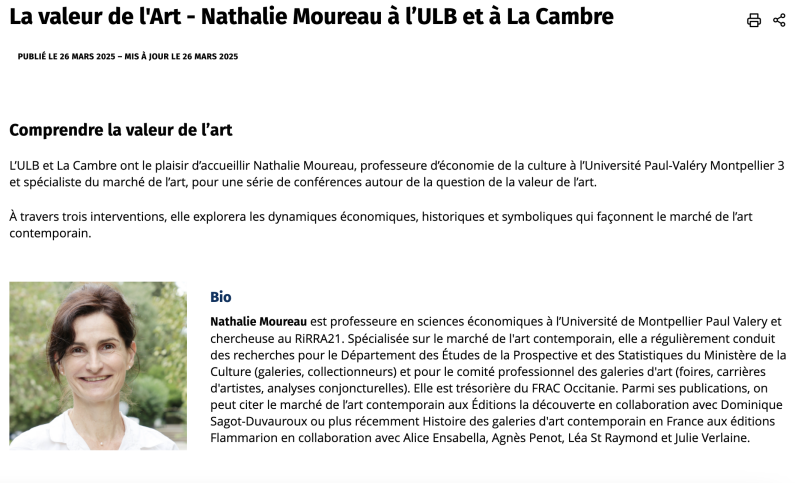

February 2025 - OUR TEAM IS GROWING
The MOOVA Team is delighted to welcome Dr. Marine LAGASSE as a part-time postdoctoral researcher (February 2025–February 2027). With her background in psychology and education sciences and within the cultural sector, Marine will further investigate the motivations of Generation Z in consuming—or not consuming—antiques. We look forward to this collaboration (profile available on: https://www.moova-erc.eu/research-team)
The MOOVA Team wishes you all a happy, healthy New Year 2025, filled with discoveries, knowledge sharing, and beautiful objects.
((c) https://www.thenotsoinnocentsabroad.com/blog/vintage-new-years-greetings)

December, 18, 2024. The MOOVA team hosted an online workshop with the potential contributors for the book project “Low End”: Exploring the Bottom of the Markets for Arts and Cultural Goods (Palgrave McMillan Series on Cultural Economics & the Creative Economy)
November 24, 2024. MOOVA team will be presenting at the North America Workshop on Cultural Economics / Southern Economics Association 94th Conference (Washington DC)
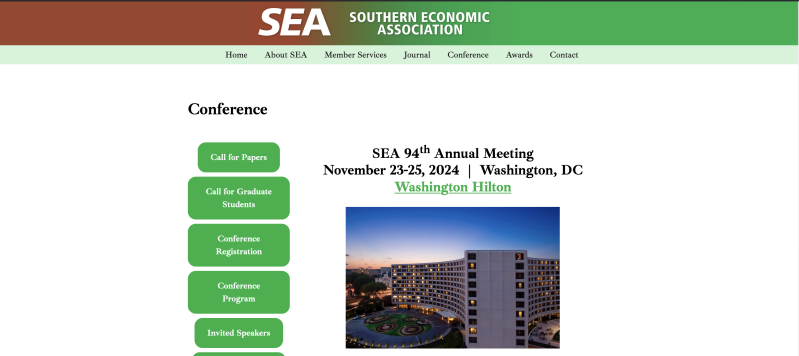
November 14, 2024. MOOVA team will be presenting at the ICOMOS Symposium (online)

October 3-4, 2024. MOOVA team will be presenting at the Rethinking Culture and Creativity International Workshop (Pescara, IT)
September 18-20, 2024. MOOVA team will be presenting at the 2024 ENCATC Congress, Lecce Italy

September 27, 2024. MOOVA team will be presenting at the Lyon Conference The Commerce and Circulation of the Decorative Arts, 1792-1914 Auctions, Dealers, Collectors and Museums

September 5, 2024. MOOVA team will be presenting at EWACE 2024 (https://eventos.uva.es/112336/detail/11th-european-workshop-on-applied-cultural-economics.html/)

July 13, 2024. MOOVA team will be presenting at TIAMSA conference (Melbourne) 2024 (https://melbourne2024.artmarketstudies.org/)

June 23-26, 2024. MOOVA team will be simultaneously presenting at AIMAC 2024 (https://www.aimaclisbon2024.org/) & CIHA 2024 (https://www.cihalyon2024.fr/fr/)
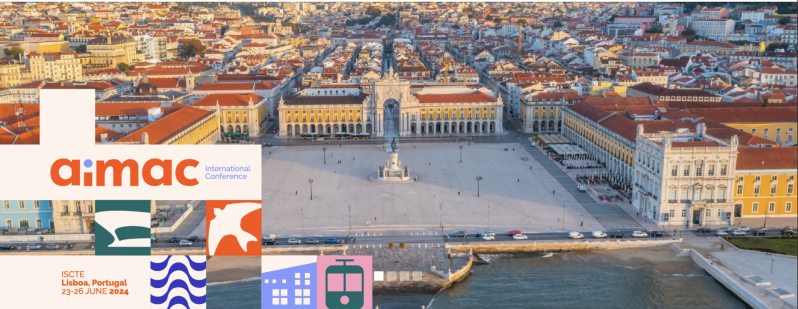
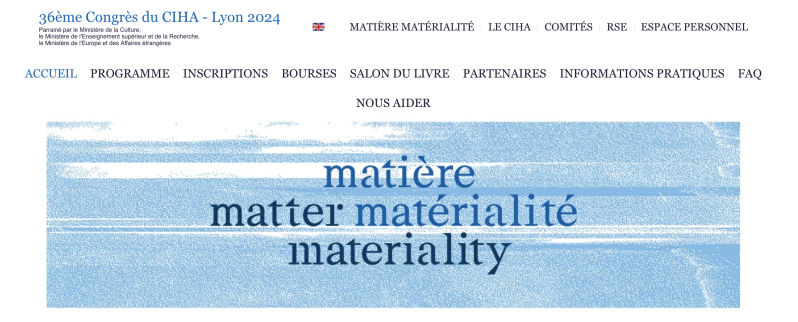
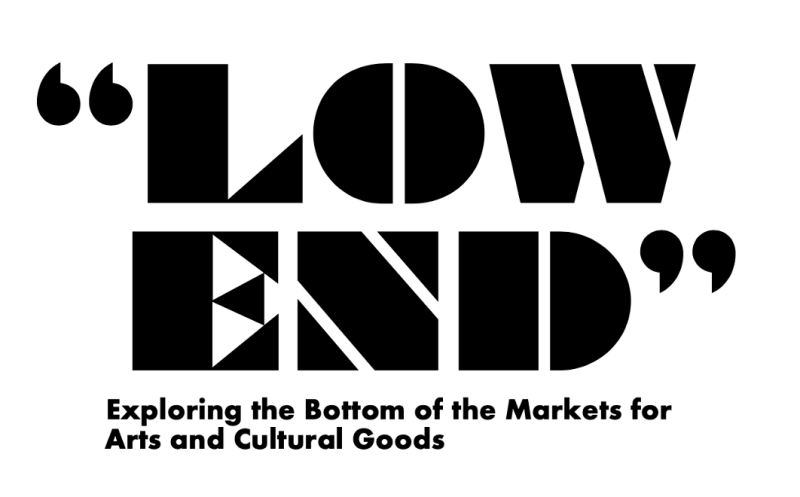
CALL FOR CONTRIBUTIONS (BOOK PROPOSAL)
“Low End”: Exploring the Bottom of the Markets for Arts and Cultural Goods (Palgrave McMillan Series on Cultural Economics & the Creative Economy)
https://www.springer.com/series/16422
Project description
This book project, part of the Palgrave McMillan's series on Cultural Economics & the Creative Economy (series editors Erwin Dekker, Andrej Srakar, Michael Rushton), will delve into the “lower ends” of the markets for arts and cultural goods, with original contributions aimed at exemplifying and highlighting its most typical features and challenges.
The cultural and creative industries are a highly segmented sector. This is notably the case of the art market, where works of art and cultural goods reach antithetical ranges of values (from a dozen euros to millions) and sell through different channels and intermediaries active at the international, national, provincial, and regional levels. Goods that circulate through the lower ends of the art market are also particularly heterogeneous, ranging from low-value works of art (e.g., paintings, sculptures, drawings, prints, chromos) to all forms of crafts, collectibles, and goods bearing cultural or creative value (e.g., antiques, decorative arts, applied arts, stamps, coins, clocks, toys, militaria, mineralia, vintage furniture, domestic art, antiquities, archeological artifacts). While the high-end market for fine arts is abundantly documented, academic research has paid little attention to the consumption of less expensive works of art and cultural goods, which, however, constitute an integral part of the art market (12% of the market in value in 2023, against 93% in volume, according to the 2024 Art Basel & UBS Art Market Report). While the aforementioned report describes the low-end art market as the market segment with prices falling below the threshold of USD 50,000, the reality of this segment appears more complex and requires greater academic attention to achieve a more comprehensive understanding of the art market’s complexity and diversity.
The book aims at offering a selection of contributions from distinct academic fields (economics, marketing, business, cultural management, anthropology, sociology, etc.) to explore this overlooked market segment in a cross-disciplinary, cross-cultural manner. We welcome empirical papers based on robust methodologies (both quantitative and qualitative, including case studies), as well as chapters that take a historical approach to illustrate the economic properties of this market segment. We are also open to contributions that concern other sectors of the cultural and creative industries (music industry, performing arts, architecture, etc.), as long as they align with the topic and are analyzed from an economic perspective. The book will be organized according to the following themes:
Definition
- Evidence-based theoretical discussion on the vertical and horizontal segmentation of the ICCs and/or the art market;
- Theoretical models aimed at understanding the inner-working of the low-end market;
- Systematic literature review on the different terminologies used to label art and cultural goods that circulate in these market segments and/or papers that discuss other related semantic/definition issues (highbrow/low brow, fine/popular, etc.) or challenge existing terminologies;
- Systematic literature review on prior economic works that explore market bottoms (outside the cultural and creative sectors);
- Contributions that explore the notions of disorganized and bazaar economies;
- The role of locality in this market segment (provinces, regions) in relation to the global art market;
- Critical reflection on the economic, cultural, social importance of low-end markets for the art and cultural heritage sectors and cities’ economic development;
- …
Supply side
- Contributions that investigate the supply chain of artworks and cultural goods that circulate through the low-end art market, and their specificities;
- Contributions that analyze the set of values associated with lowbrow/low-end art and cultural goods and/or the notion of quality in this market segment;
- The rise and fall of taste for certain categories of goods with direct effects on demand and market value (with special attention paid to the mechanisms that underlie the transition from one market segment to another, i.e., from the high-end/middle end of the market to the low-end market, and vice versa)
- …
Intermediaries and other stakeholders
- Critical biographies of intermediaries (natural person or legal entity) involved in this market segment, who played a critical role in developing a taste for certain categories of low-end goods;
- The role and impact of online sales platforms in this market segment;
- Legal situation and challenges faced by intermediaries (dealers, auction houses, gallerists, art fairs, platforms, etc.) active in the low-end art market;
- Marketing and branding strategies developed by intermediaries to promote low-end art and cultural goods;
- Management practices developed by stakeholders to preserve and promote low-brow art and cultural goods;
- The status of experts and forms of expertise in this market segment;
- Mechanisms of value-co creation in this market segment (presence of lowbrow goods in museums, publication mechanisms, role of cultural policy, etc.)
- …
Demand side
- Contributions that use sales data and analyze the market performance of lower-end art and cultural goods (through price indices), demand models, price formation mechanisms, etc.;
- Contributions that analyze buyers’ motivations and buyers’ profiles in this market segment;
- Contributions that analyze the post-purchase life and use made of these low-end goods;
- Contributions that test and challenge economic theories traditionally associated with the high-end art market (auction theory, superstar theory, one price theory, anchoring effect, etc.)
- …
The authors of the pre-selected contributions will be invited to participate in a one-day hybrid workshop to present their contribution, discuss this topic and collectively reflect on the structure of the book.
Provisory agenda
- Extended abstract (1,500 words + references) must be sent to the editor of the volume, Anne-Sophie Radermecker (Anne-Sophie.Radermecker@ulb.be) by August 31, 2024 (with the mention LEAM project abstract proposal + author(s)’ name(s)):
- Authors will be notified of the scientific committee’s decision by the end of September 2024
- A hybrid brainstorming workshop (online and offline) will be organized in Fall 2024
- A first draft is expected by 15/02/2025 and will be subjected to peer review (with editorial specifications communicated during the workshop)
- Final version is expected by June 2025
For further information, please contact Anne-Sophie.Radermecker@ulb.be
Scientific committee of the edited volume
- Dr./Prof. Anne-Sophie RADERMECKER (Université libre de Bruxelles)
- Dr./Prof. Kim OOSTERLINCK (Université libre de Bruxelles)
- Dr./Prof. Christophe SPAENJERS (University of Colorado Boulder)
- Dr./Prof. Ellen LOOTS (Erasmus University Rotterdam)
- Dr./Prof. Claartje RASTERHOFF (University of Maastricht)
MOOVA kick-off meeting took place on May 22-23, 2024 at the Palais des Académies (Brussels)
In presence of the MOOVA team, and :
Filip Vermeylen (Erasmus University Rotterdam); Luc Renneboog (Tilburg University); Luisa Bicalho-Ritzkat (LSE);Will Goetzmann (Yale University) ;Yuexin Li (Renmin University) ; Isidoro Mazza (Universita di Catania)
And MOOVA's advisory board:
- DEVUE Christel (ULiège)
- FRY Tim (Nottingham Trent University)
- JANSSEN Catherine (ULB)
- MAKOVICKY Nicolette (University of Oxford)
- MIGNOSA Anna (Erasmus University Rotterdam)
- OOSTERLINCK Kim (ULB)
- SPIETH Darius (Louisiana State University)
- TURPIN Adriana (IESA Arts&culture)
&
- BOURDON Béatrix (director of BRAFA Art Fair)
- JASPAR Arnaud (Costermans Antiques, Brussels)
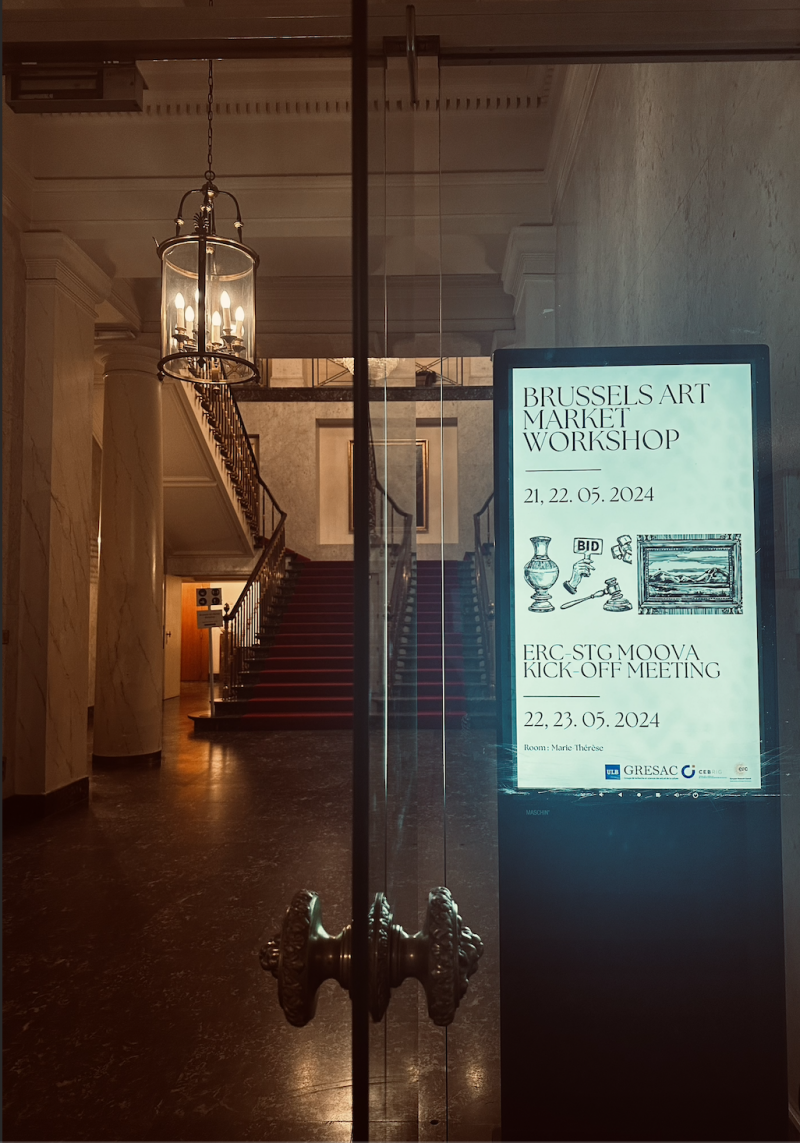
New publication available now via https://academie-editions.be/arts/548-un-autre-regard-sur-les-marches-de-l-art.html
Booklet to approach the art market in all its diversity and complexity
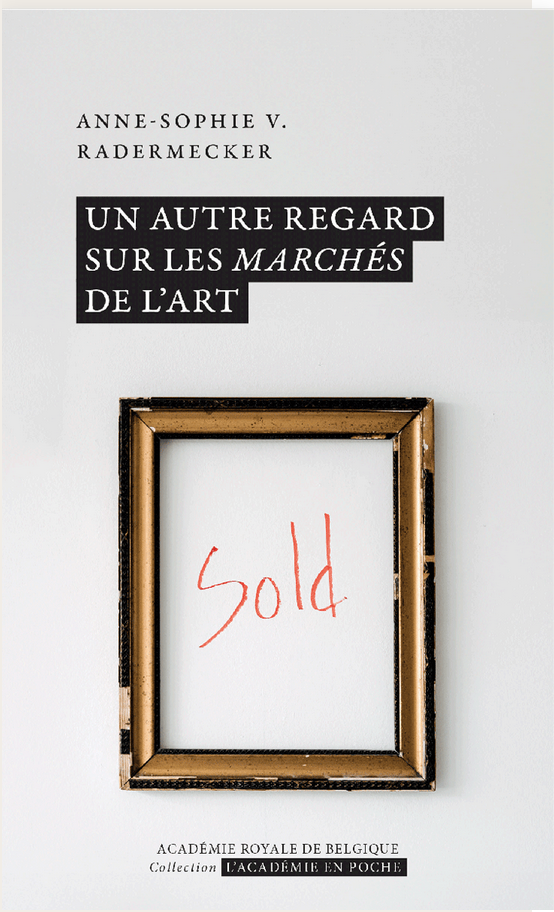
-
27 March 2024. The MOOVA team is hosting an online brainstorming session on value with Dr. Francesco ANGELINI (University of Bologna)

- 18-19 March 2024. The MOOVA team took part in the workshop dedidacted to provenance research and illicit trafficking in cultural property at the Royal Museum of Fine Arts of Belgium (BELSPO Brain 2.0 - ProvEnhance https://fine-arts-museum.be/fr/la-recherche/projets-de-recherche/provenhance)
-
14-15 March 2024. The MOOVA Team will be presenting the project and on-going research at the University of Maastricht (NETH) at the SPARK Session and the MACCH annual event upon the invitation of Dr. Claartje RASTENHOFF. Program below and more info on: https://www.maastrichtuniversity.nl/research/maastricht-centre-arts-and-culture-conservation-and-heritage



- January 2024
** Happy new year from the MOOVA Team**
-
December 2023:
-
MOOVA team of researchers will participe in TIAMSA 2024 Conference in Melbourne (The International Art Market Studies Association)
-
MOOVA Kick-Off Meeting is scheduled on 21-22-23 May 2024
- November 2023: Alessia Crotta officially joined the research team as a PhD candidate
-
October 24, 2023: MOOVA team and PI participated in the workshop "La vente illégale sur le marché de l'art" at ISELP (Brussels) https://www.anthemis.be/event/la-vente-illegale-sur-le-marche-de-l-art-2023-10-24-584/register
-
October 2023: Federica and Roberta officially joined the research team as PhD candidates
-
September 29, 2023: Paper on transdisciplinary research using antiques presented by the PI at the Globalized Art Markets. Methodological and Theoretical Challenges of Interdisciplinary Art Market Research | Conference. Annual conference of the Working Group Sociology of the Arts in cooperation with the Working Group Sociology of Valuation and Evaluation of the German Sociological Association (DGS) and the ZADIK | Central Archive for German and International Art Market Studies, University of Cologne.
-
September 21st, 2023: BICCS23 – Biennale International Conference for Craft Sciences – Session Crafts Economies and Beyond (University of Gothenburg, Sweden).
-
September 1st, 2023 - Official start of MOOVA
- July 1st, 2023, Towards a Sustainable Art Market? - Introduction to MOOVA at the TIAMSA Annual Conference (Université libre de Bruxelles)
- February 2023 - MOOVA is granted an ERC StG by the EC

